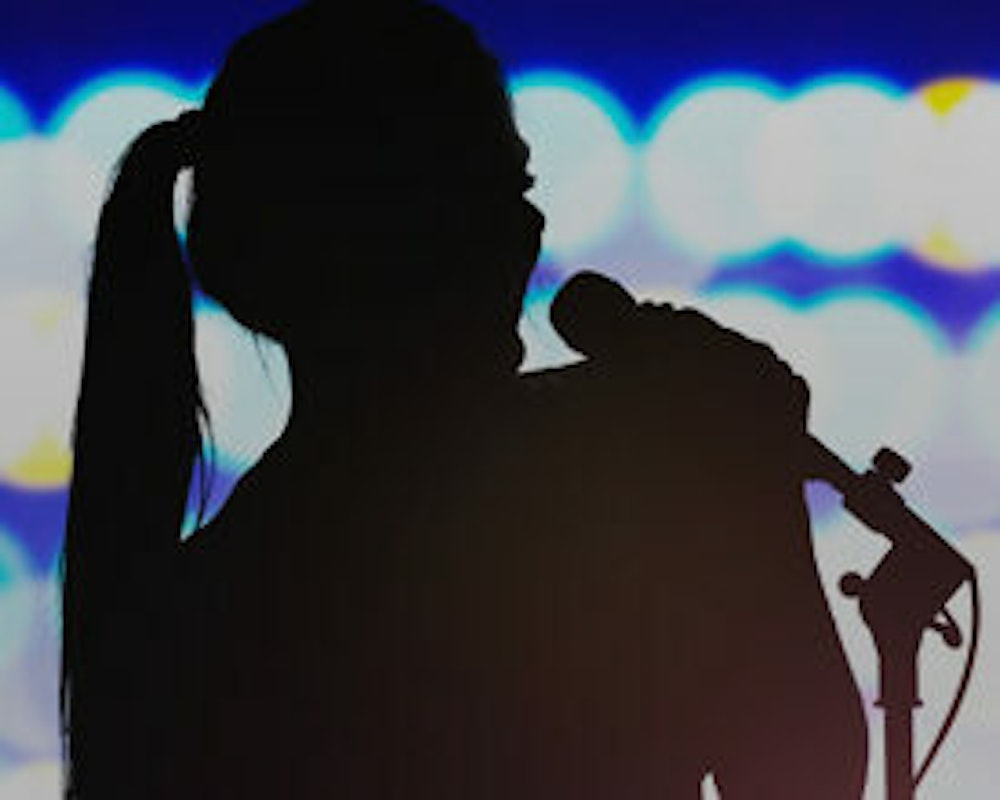
How Channeling Mrs. Maisel Made Me a Better Teacher
The Marvelous Mrs. Maisel inspired me to try a more comedic tack in my teaching
June 4, 2021
Teaching is hard. Even though some teachers may make the endeavor of shaping young minds seem easy, I’ve yet to meet an educator who says it’s an easy job.
I’ve always learned best from instructors who eschew monotonous lectures and embrace more dynamic, and even performative, approaches to education. But it wasn’t until 2017, during my first semester of postsecondary teaching, that I started grappling with the teaching methods that would work best for me.
The previous year, I found myself teaching high school theater and chorus despite the fact I only had a degree in theatre. I was in a rural school district in North Carolina that could only afford one teacher for both subjects, so it was either teach them together or not at all. Young and naïve, I wrongly thought I could wing it the way I did my presentations in college.
Without adequate knowledge about music, I avoided lecturing and relied heavily on worksheets. My lack of authority ended up being disastrous. On good days, my students sat comatose and waited for the bell to ring. On bad days, which happened quite frequently, the classes devolved into utter chaos.
The insurmountable task of having to teach a subject I knew nothing about greatly undermined my confidence in my teaching abilities and made me question whether I was cut out for a career as an educator. But once my disastrous first year in education was behind me, I jumped at the chance to put my newly minted MFA in writing to use as an adjunct English instructor at a local community college and a private liberal arts college. With a degree in the subject I would be teaching, I told myself things would be different. I was wrong.
I still struggled to get much traction in the classroom. I knew the content but was afraid to lecture in an authoritative manner. PowerPoints became my crutch. After my first couple of weeks, I could tell from the general lack of interest from my students that I was failing to reach them.
It was during this time that I was drawn to the beautifully rendered vision of late-1950s New York depicted in Amy Sherman-Palladino’s The Marvelous Mrs. Maisel. Although the heart-wrenching struggles that the titular heroine goes through were fascinating to watch, the moments when her comedy routines commanded rooms full of naysaying drunk and sexist audiences spoke to me. A sense of envy washed over me every time “Midge” got on stage and delivered joke after joke until she had the hostile masses eating out of the palm of her hand.
I decided to try a different, more comedic tack in my teaching. Despite putting a lot of effort into writing jokes, my goal was never to become a comic but rather to masterfully command my students’ attention. As I set about crafting a comedic persona, I thought back to my own time in college when I learned how to do improve as a theatre major.
To begin with, I simply tried to make my students laugh with the hope of creating a more engaging learning environment. I made little observational quips about things on campus, which elicited a few chuckles here and there. Then I started opening each class by recounting stories I had heard on public radio during my commute to campus, peppering in comical takes on current events like the Great American Eclipse and the fight for Catalonian independence.
After some initial success, I started carefully workshopping jokes that had to do with the course’s learning outcomes. In between punch lines, I filled their minds with such things as proper thesis statement construction, parenthetical citations, and works cited entries.
Few of the jokes remained the same by the time they had cycled through all 120 students. After first testing out a joke in my 8 a.m. class on Monday, it was sharp as a tack by Tuesday evening. Obviously, not all of the jokes landed with every class. Some worked better at the urban community college, while others elicited more laughs from the rural private liberal arts crowd.
Amazingly, the atmosphere in all of my classes went from stale silence during the first couple of weeks to joyous engagement by the end of the sixteen-week semester. In addition to laughing about my jokes about grammar and syntax, some of the students even arrived to class with jokes of their own.
The use of humor in the classroom has been shown to lead to increases in student perceptions of efficacy. For his 2013 doctoral dissertation, Stephen Paul Halula interviewed students about their experiences with humor in their courses. “The consensus (and a unanimous one at that) of my informants was that one can indeed learn in a classroom without humor; that being said, such classes were also described as potentially ‘painful,’ ‘more work,’ and portrayed with other negative descriptions of the classroom environment,” he wrote. “Such humorless classrooms were deemed by this group as not resulting in the learning and information retention levels as high as a class with humor.”
Prior to becoming a teacher myself, I naïvely didn’t realize that the profession requires a certain performative element. It’s not enough to know the content forwards and backwards. Teachers have to be able to present course content in ways that their students find accessible.
While I don’t recommend every teacher out there start throwing jokes around like they’re Lenny Bruce, my own experiences have shown how a robust and engaging classroom aids in student comprehension and success.